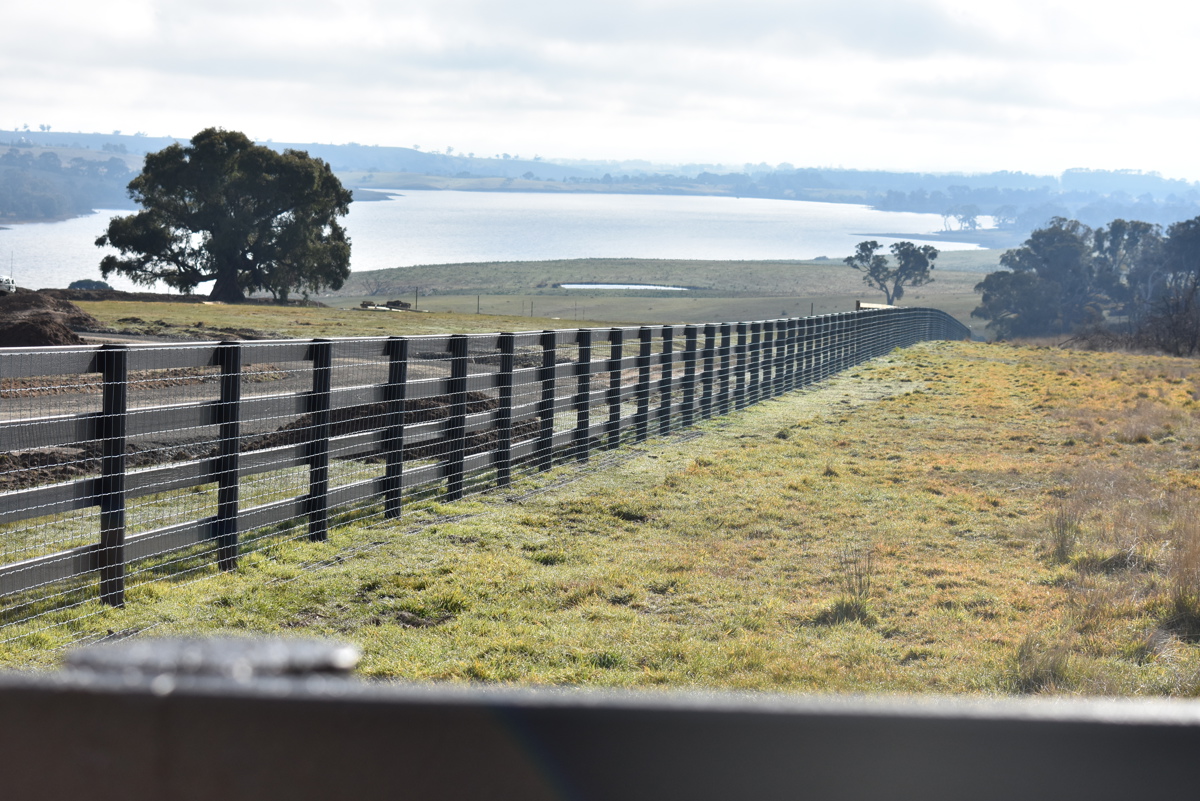Big bucks at stake for north-west equestrian
The problem
Housing elite German imported equines worth up to $100,000 means that durable and safe infrastructure should be front of mind for horse owners when installing new fencing.
Aesthetic value is also of high importance according to renowned equestrian coach and mixed farmer Martin Gostelow, who recently managed to install a safe but good looking horse fence on his Wallabadah property in north-west New South Wales.
A horseman at heart, for decades Mr Gostelow has imported and trained young performance “Holsteiner” horses in the show jumping discipline. Those in equestrian circles may better know him (and his voice) for his commentating of polo events around the country.
“My family and I purchased Spring Park Station in 2015, and made the move from Somersby on the Central Coast of NSW,” he said. “We have fulfilled our lifelong ambition of training show jumping horses and farming on the same property. “This year we put 150 hectares of oats, barley and wheat in, and we’re also setting up a small trading operation with Border Leicester cross Merino lambs, and a mix of Angus and Limousin heifers.”
While his vital equine assets are a priority from a fencing perspective, he has also had to conquer a significant population of feral animals including kangaroos and pigs, and a small number of deer. “The roos and pigs have certainly made their presence known on the property, so that was important for us to get on top of when we first arrived last year,”
The solution
Mr Gostelow said. “We opted for a boundary fence with an apron along the bottom of the fence, which helps deter feral animals from burrowing underneath.
“In the first few days after installing the boundary fence, I watched some very puzzled roos attempt to push through the fence without success, having been used to hopping through a hole previously! That was very satisfying.”
Mr Gostelow chose Waratah’s Stocksafe-T Longlife fencing which minimises the chance of his horses being injured through pawing the fence, due to the low tensile wire and tight five centimetre mesh spacings.
Advice for farmers, from farmers
Mr Gostelow said that a robust, long-lasting fence was a must for keeping stock in, and feral pests out, particularly considering the steep nature of much of property.
“The fencing we’ve done has been surprisingly tough and durable. I’ve seen a couple of our horses kick at the fence from time to time, and it’s been able to withstand that pressure extremely well. We’ve got more fencing planned, and I’m confident it will be a good investment for our multi-purpose operation here.”
